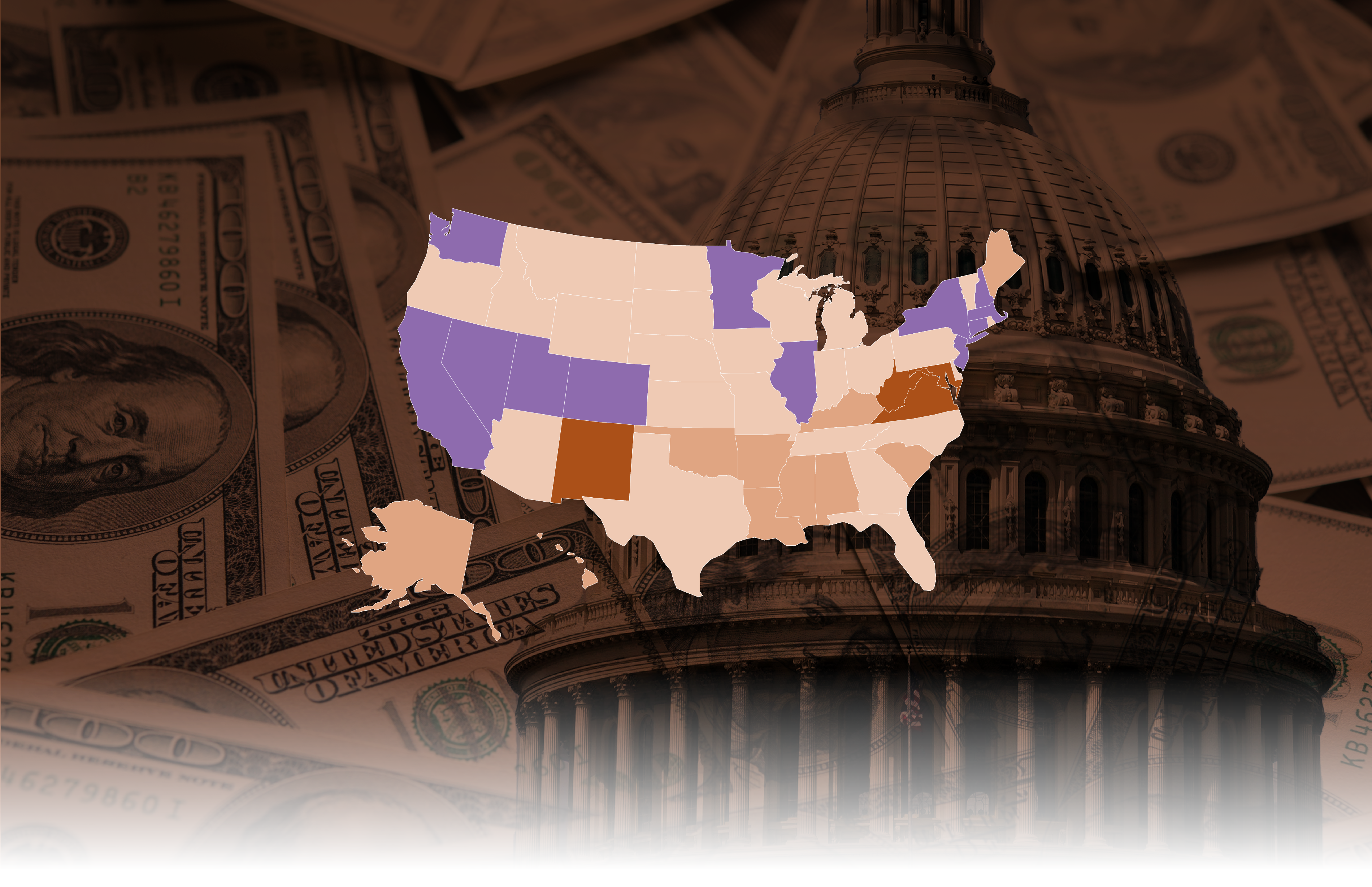
Federal Assistance: A Balancing Act between States and the Federal Government
Introduction
The Federal Emergency Management Agency (FEMA) is one of many federally funded programs that provide a lifeline to state and local governments during times of crisis. However, President Donald Trump’s recent proposal to abolish FEMA and shift funding to governors has sparked a debate about the role of federal assistance in disaster response and social welfare.
FEMA and Other Federally Funded Programs
FEMA provides emergency personnel, supplies, and equipment to aid recovery efforts after natural disasters. It is one of numerous programs that offer assistance to states and local governments, including:
- Medicare: Health insurance for seniors and individuals with disabilities
- Supplemental Nutrition Assistance Program (SNAP): Food assistance
- Children’s Health Insurance Program (CHIP): Health insurance for low-income children
The Balance of Payments
According to a report from the Rockefeller Institute of Government, 13 states send more money to the federal government than they receive. This difference in federal expenditures and contributions from individuals and businesses is known as the balance of payments.
States with Negative Balances
States with negative balances send more money to the federal government than they receive. The following states had the lowest balance of payments per capita:
- Massachusetts
- New Jersey
- Washington
States with Positive Balances
States with positive balances receive more money from the federal government than they contribute. The following states had the highest balance of payments:
- New Mexico
- Maryland
- Virginia
Factors Affecting the Balance of Payments
The distribution of federal grants and funding is influenced by several factors, including:
- Poverty rates: States with higher poverty rates receive more funding for Medicaid, SNAP, and other social welfare programs.
- Elderly populations: States with larger elderly populations receive disproportionate payments under Social Security and Medicare programs.
- Defense contracting and military bases: States with large defense contracting sectors and military bases receive more federal defense spending.
- Federal workforce: States with a large concentration of federal workers, such as Maryland and Virginia, receive more federal spending.
Implications of the Trump Proposal
President Trump’s proposal to abolish FEMA and shift funding to governors has raised concerns about the potential impact on disaster response capabilities. Critics argue that states may not have the resources or expertise to effectively handle major disasters without federal support.
Moreover, the proposal has implications for the balance of payments. If the federal government reduces its funding to states, it could exacerbate the financial challenges faced by states with negative balances. Additionally, it could shift the burden of providing social assistance and disaster response to state and local governments, potentially straining their budgets.
Conclusion
The balance of payments between states and the federal government is a complex issue that affects the distribution of resources and the provision of essential services. The proposed changes to FEMA and other federally funded programs could have significant implications for the financial well-being of states and the ability of governments to respond to disasters and provide vital assistance to their residents.
